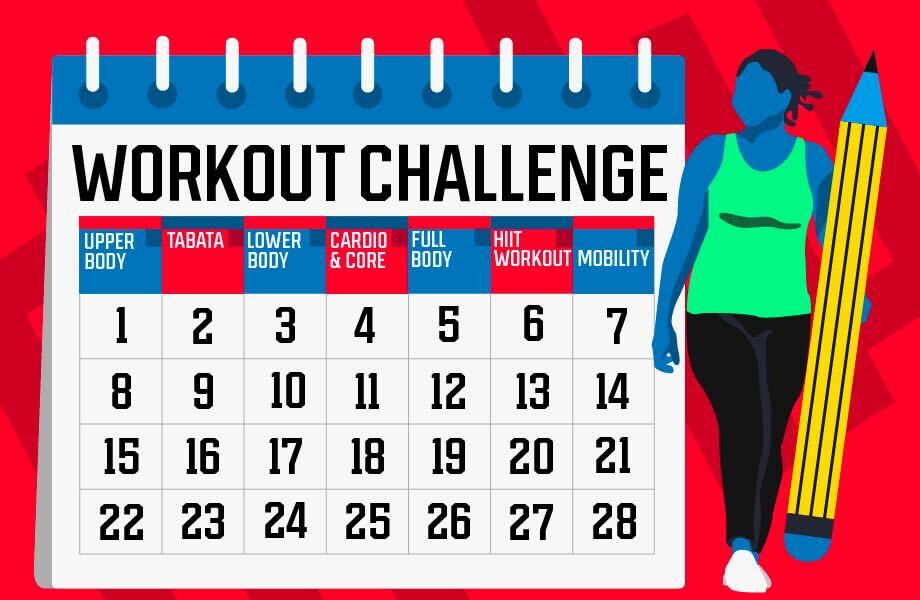We test and review fitness products based on an independent, multi-point methodology. If you use our links to purchase something, we may earn a commission. Read our disclosures.
Each week has a new challenge to keep developing your strength
As a certified personal trainer, I’ve worked with everyone from teenagers to senior citizens and beginners to athletes. To develop a program for anyone at any age, exercise selection is just part of the process for an effective total-body strength program.
The other part is developing a program that incorporates repetition and a clear path toward progression. Adding more weight1 to any given exercise might be your first instinct about how to get stronger, but it’s not the only method. Over the course of this 28 day workout challenge, you will incrementally change your weight, repetitions, and sets so that your overall training volume (and performance) improves by the fourth week.
Medical disclaimer: This article is intended for educational and informational purposes only. It is not a substitute for health or medical advice. For medical advice, contact an appropriate healthcare provider.
Is This Challenge For Me?
If you’re looking to kickstart your home workout fitness routine, but you’re unsure where to start—look no further. This challenge is intended for beginners, but can be customized and adapted for any fitness level. This 28-day challenge has a workout routine with a mix of strength, conditioning, and mobility to create a well-rounded workout program and establish a habit of meeting (or exceeding) the CDC recommendation2 of 150 minutes of moderate to vigorous exercise for adults.
This challenge not only has a clear plan for the next four weeks, but a fillable chart to track all of your progress. Each week the movements will be the same, but you will be challenged to either add weight, reps, or sets to your workout—I will explain all the details later.
One thing to keep in mind is starting a new routine of any sort can be a downright struggle. A commitment to leading a healthier, stronger life is more about action than anything else, which as we all know is that hardest part.
A 2020 study3 from Frontiers in Psychology found that forming a new routine is more likely to become habitual when it is frequently and consistently performed in the same context (like time of day or location).
According to the same study, building a new habit on top of your regular routine can also help habit formation. The study referred to this as a co-occurrence of context and behavior. For example, if you frequently and consistently take a walk after lunch, it’s likely that this action over time will become habitual and rather effortless to act on.
How to Follow the 28 Day Challenge: Don’t Stray, Just Repeat
For the love of strength and conditioning, please don’t quit because you’re bored. This isn’t happy hour with your besties. Strength training is low on drama and high on repetition.
For the 28-day challenge, the movements and prescribed exercises will not change. What you will notice is the suggested sets, repetitions, and load are the variables.
You can start your challenge on any day of the week that suits you—meaning you don’t have to wait for a Monday! Here is the basic outline you’ll be following:
- Day 1: Upper body strength
- Day 2: Tabata workout (you can use our Tabata Timer for this one)
- Day 3: Lower body strength
- Day 4: Cardio and core workout
- Day 5: Full body strength
- Day 6: HIIT workout
- Day 7: Mobility
How to Progress During The 28-Day Workout Challenge
Each week is going to present a new challenge. The exercises won’t change from week-to-week—instead you will add either more weight, more repetitions, or more sets from the previous week. This ensures you keep practicing good form and get in your volume.
Before we get into the details of how each week will challenge you differently, I’m going to ask you to write down the weight you use, how many repetitions, and how many sets you performed for every workout. Use the fillable chart to quickly jot down your data to ensure that you’re not guessing when it comes to making progress.
Week One: Create A Baseline
I highly suggest trying a lot of these exercises with your bodyweight only on the first set (or two). To your own comfort level, use dumbbells, kettlebells, or resistance bands to add resistance. Keep in mind that this first week you’ll want to keep overall soreness fairly low, so you can recover and be ready for the next workout.
Week Two: Increase Load
Once you’ve established a baseline on week one, the next week is about increasing the load. Plan to increase the amount of weight (or band resistance) for any exercise you feel comfortable with adding more of a challenge. For example, you can swap out a 20-pound dumbbell for a 25-pound dumbbell on a single-arm row for all (or most) of your sets.
Week Three: Increase Repetition
Now that you’ve added a little weight from the very first week, this third week will focus on adding repetition. The intention is to increase the amount of repetitions performed on each set, while keeping the load the same. For example, if you increase your single-arm dumbbell row to 25 pounds last week (and it went well), you can now go from 10 repetitions to 12 on all three sets.
Week Four: Increase Volume
This last week is going to tack on even more of a challenge by having you add another whole set your routine. What this means is that instead of three rounds of every exercise, you’re going to increase that to four sets. This increases the total number of repetitions performed at the end of a workout. Using the same example, you will row with 25 pounds, at 12 reps, and increase the total sets from three to four (aka a longer workout with more repetition).
What Equipment Will I Need?
Although you won’t need an elaborate home gym set up for this 28-day challenge, you will need a few things:
- Floor space/exercise mat
- Mini-loop resistance bands
- Tube resistance bands or loop resistance bands
- A pair of the best dumbbells (or best kettlebells, sandbags, water jugs, loaded book bags, etc.)
The Full 28-Day Schedule
Here is what you can expect from the next 28 days.
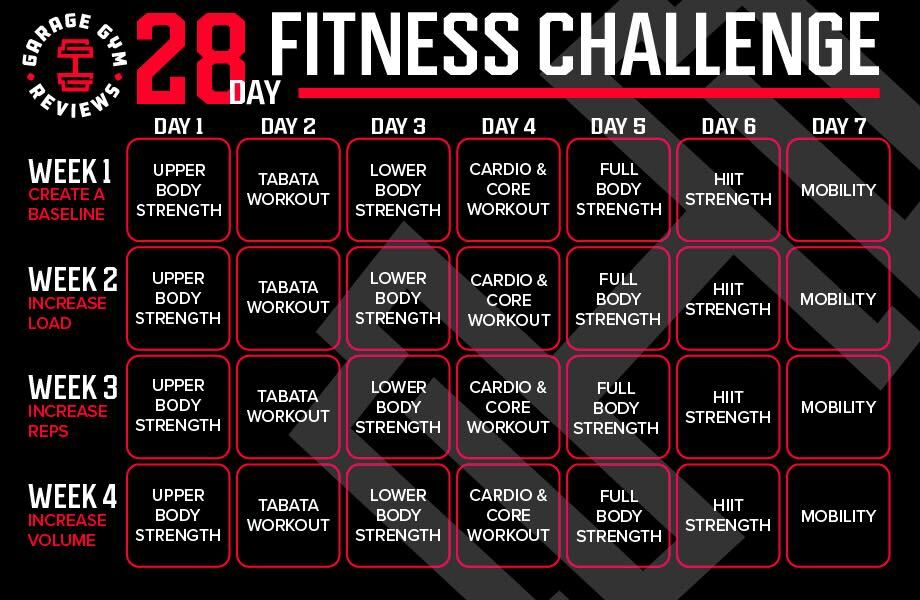
| Day 1 | Day 2 | Day 3 | Day 4 | Day 5 | Day 6 | Day 7 | |
| Week 1: Create a Baseline | Upper-body strength | Tabata workout | Lower-body strength | Cardio and Core workout | Full-body strength | HIIT workout | Mobility |
| Week 2: Increase Load | Upper-body strength | Tabata workout | Lower-body strength | Cardio and Core workout | Full-body strength | HIIT workout | Mobility |
| Week 3: Increase Repetition | Upper-body strength | Tabata workout | Lower-body strength | Cardio and Core workout | Full-body strength | HIIT workout | Mobility |
| Week 4: Increase Volume | Upper-body strength | Tabata workout | Lower-body strength | Cardio and Core workout | Full-body strength | HIIT workout | Mobility |
28-Day Workout Challenge Workouts
Below you can download the entire workout chart where you can track your weekly progress. Additionally, we’ve broken down each workout below.
Day 1: Upper-Body Strength
This day will focus on increasing strength through your upper body. Be sure to record sets and repetitions so you know where to challenge yourself next week.
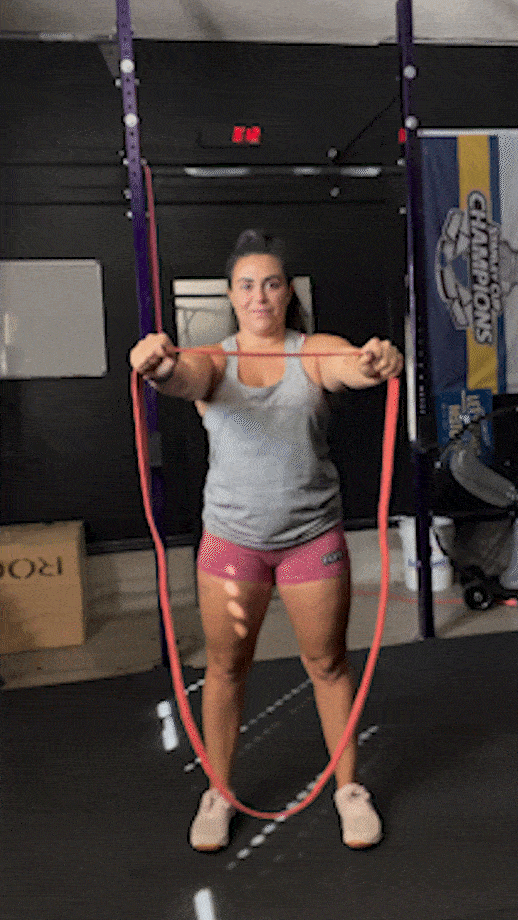
Band pull-apart: 3 sets of 12 reps
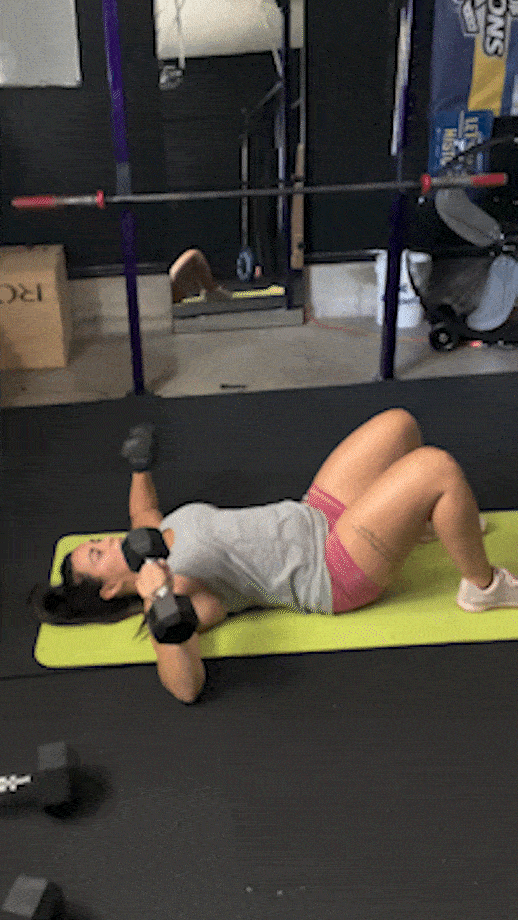
Dumbbell floor press: 3 sets of 10 reps
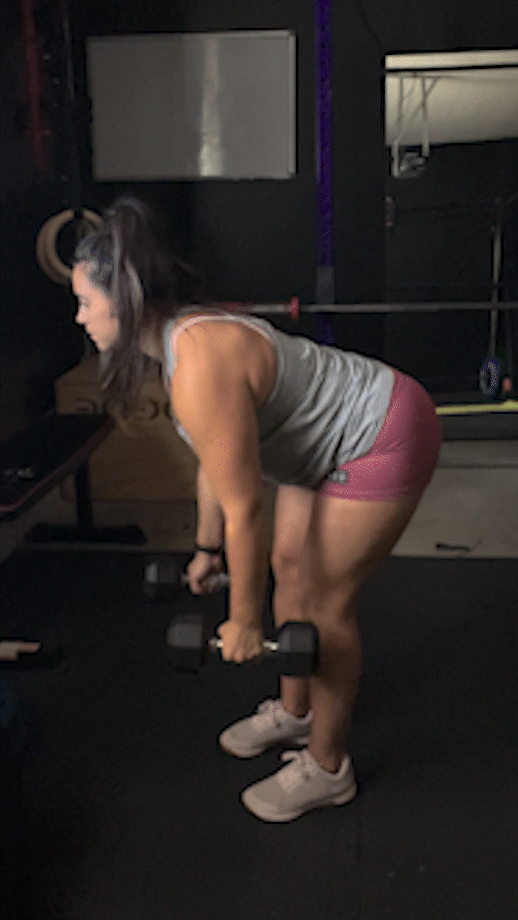
Bent over dumbbell row: 3 sets of 12 reps
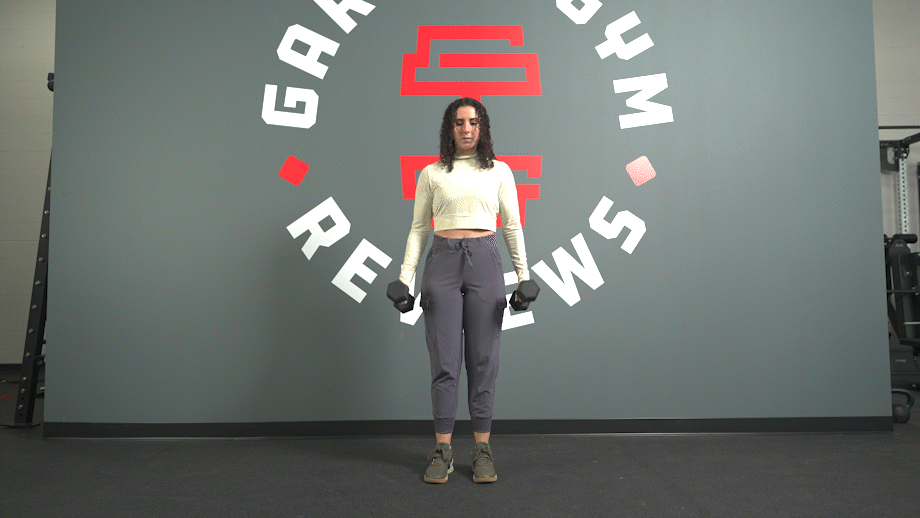
Dumbbell curl and press: 3 sets of 8 reps
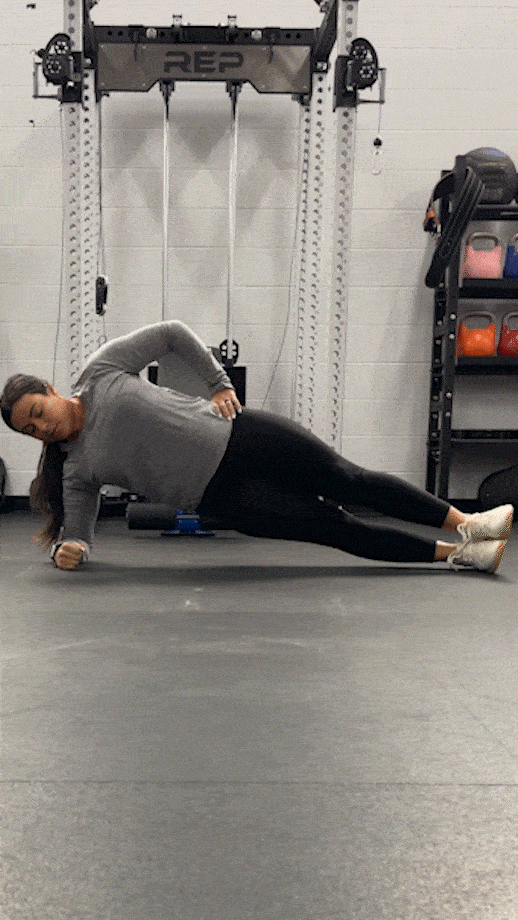
Side plank: 3 sets of 20 seconds each side
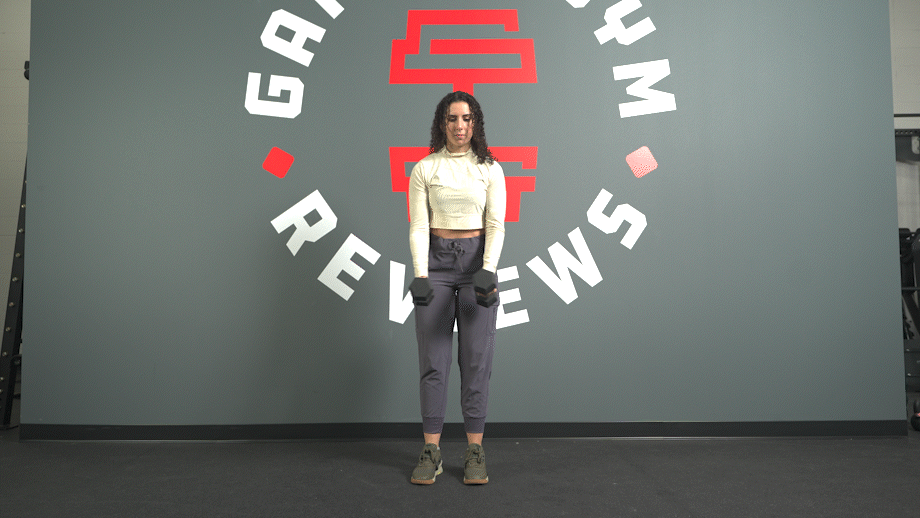
Dumbbell lateral raise: 3 sets of 10 reps
Day 2: Tabata Workout
20 seconds of work, followed by 10 seconds of rest. You will aim for 8 rounds. Choose one movement from the exercises below.
RELATED: Tabata Timer
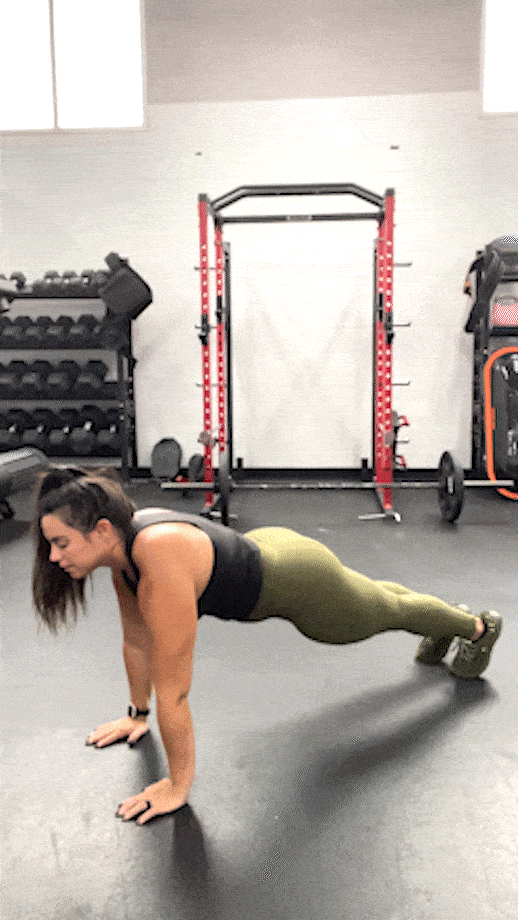
Mountain climbers
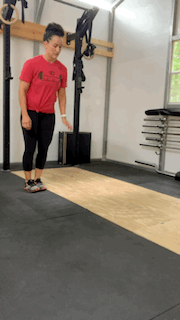
Skater hops
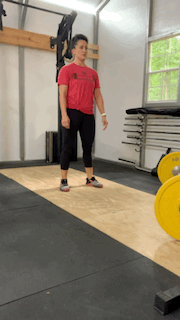
Jump squat
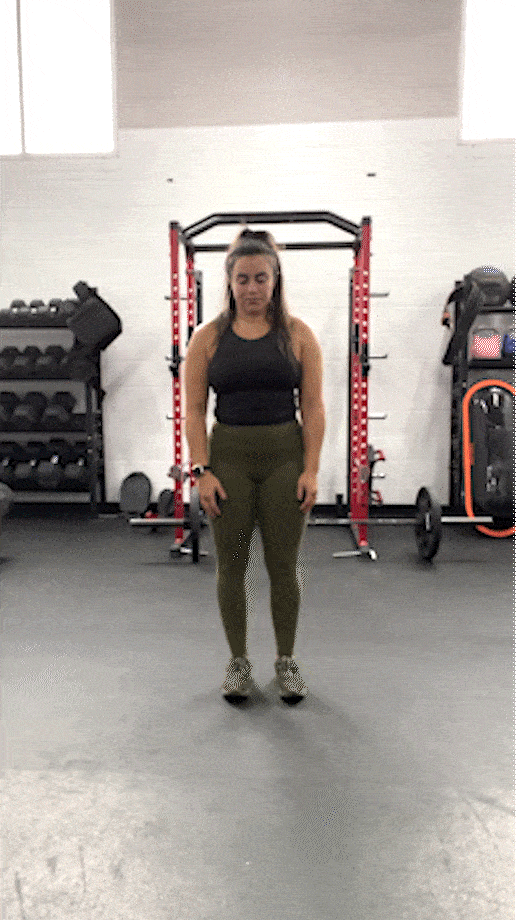
Burpees
Day 3: Lower-Body Strength
This day will focus on your lower body and include two unilateral exercises to help balance your strength gains.
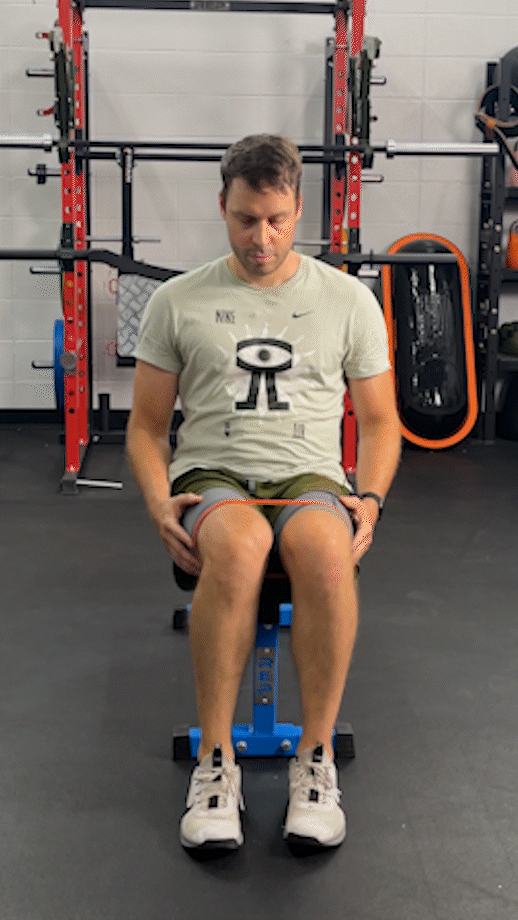
Banded side-lying clam shell: 3 sets of 10 reps each side
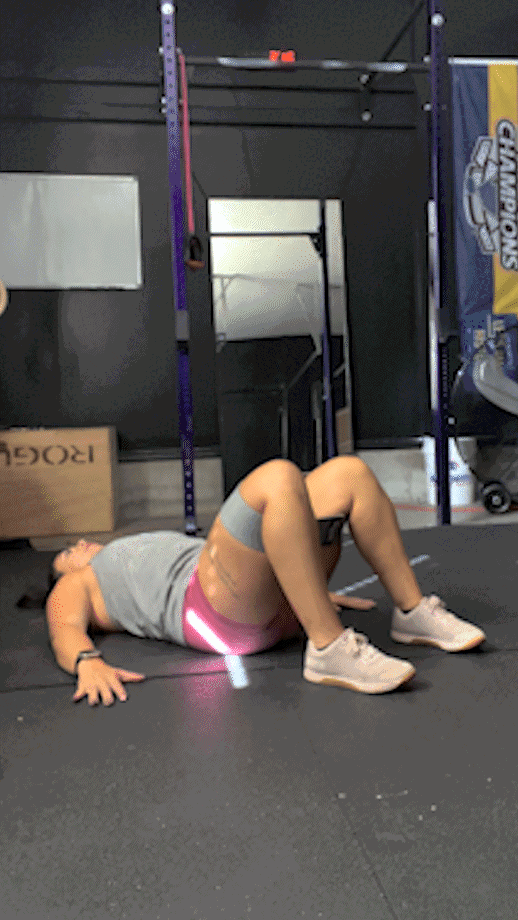
Banded glute bridge: 3 sets of 20 reps
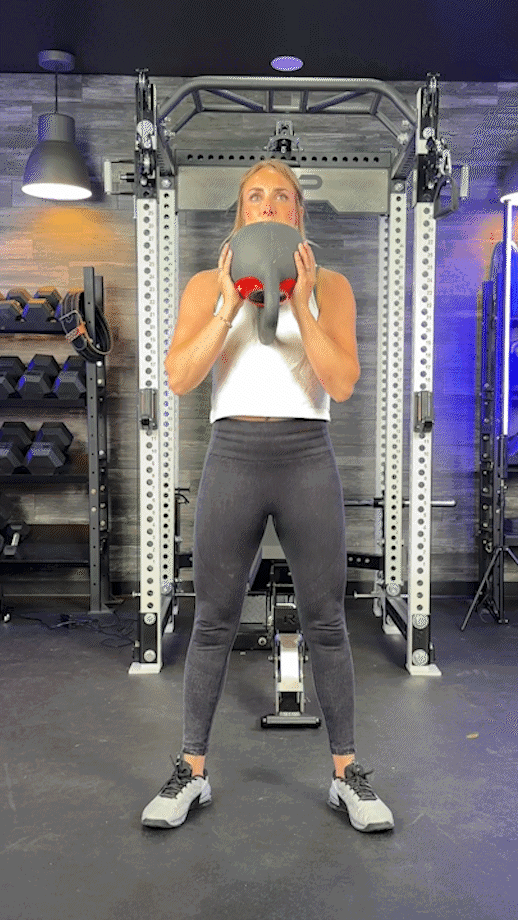
Goblet squat: 3 sets of 10 reps
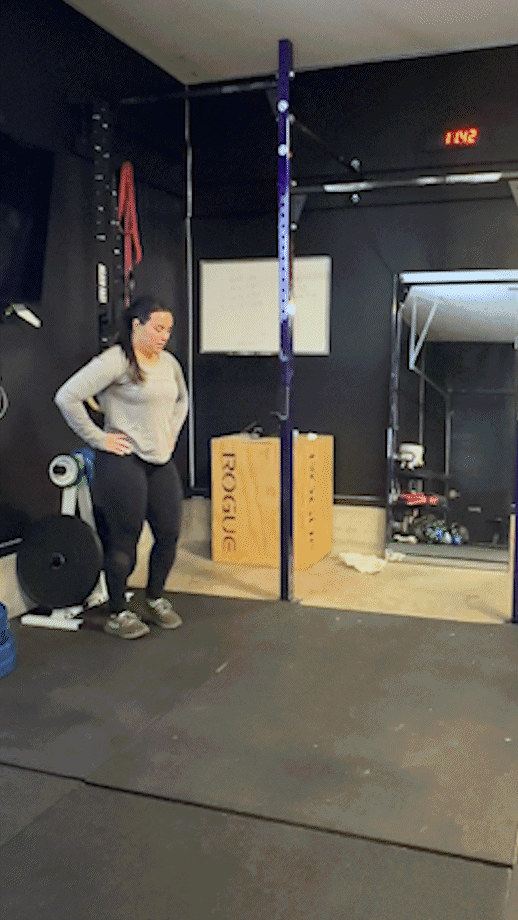
Walking lunge: 3 sets of 8 reps each side
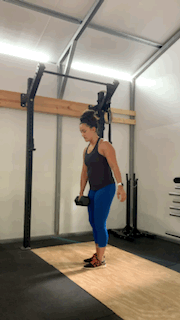
Dumbbell single-leg deadlift: 3 sets of 8 reps each side
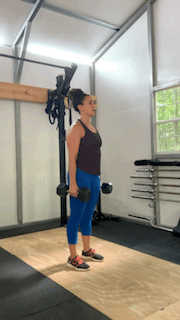
Dumbbell single-leg deadlift: 3 sets of 8 reps each side
Day 4: Cardio and Core Workout
This day will focus on engaging your core with three different movements and then get you into a moderate pace cardio for about 30 to 45 minutes. You can use each week to challenge yourself to go a little longer on your steady-state cardio.
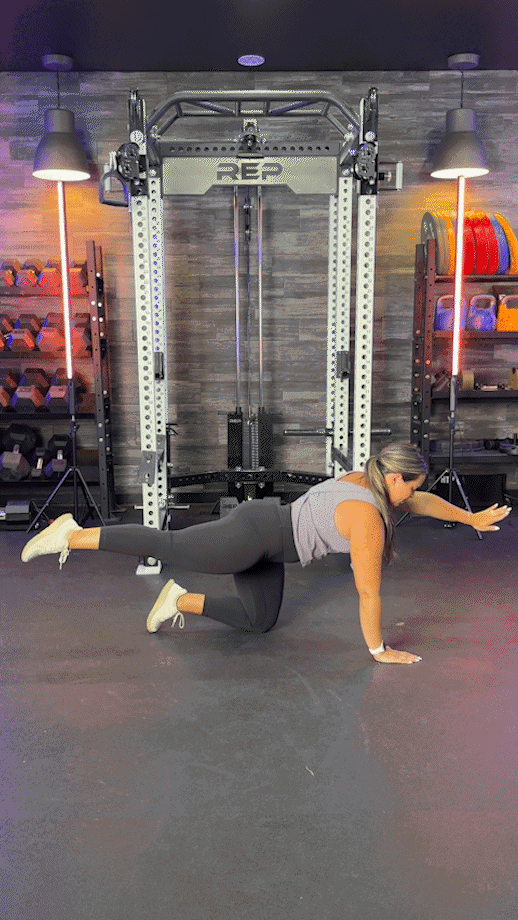
Bird dog: 3 sets of 10 reps
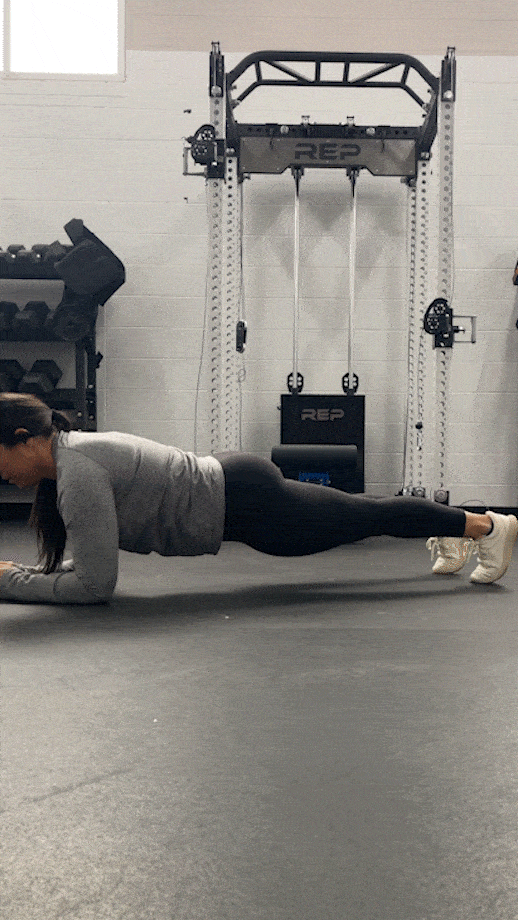
Plank: 3 sets of a 30 second hold
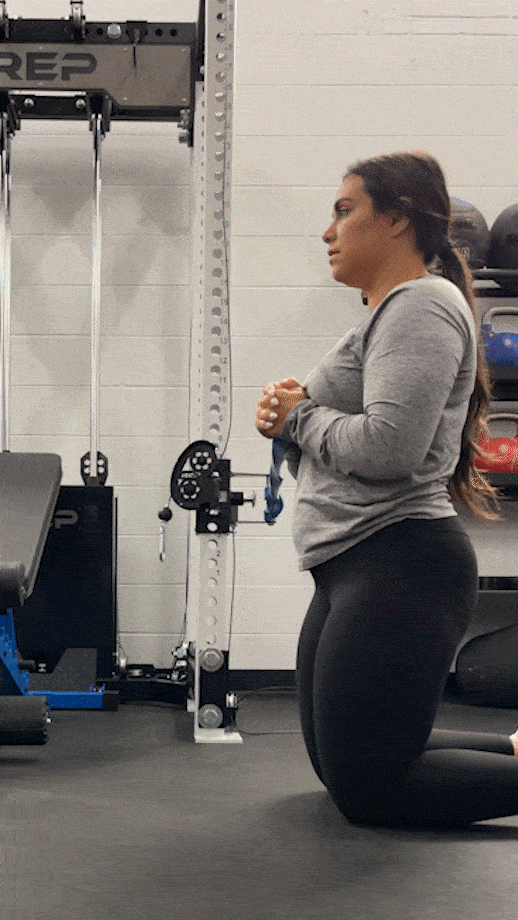
Banded Pallof press: 3 sets of 10 reps each side
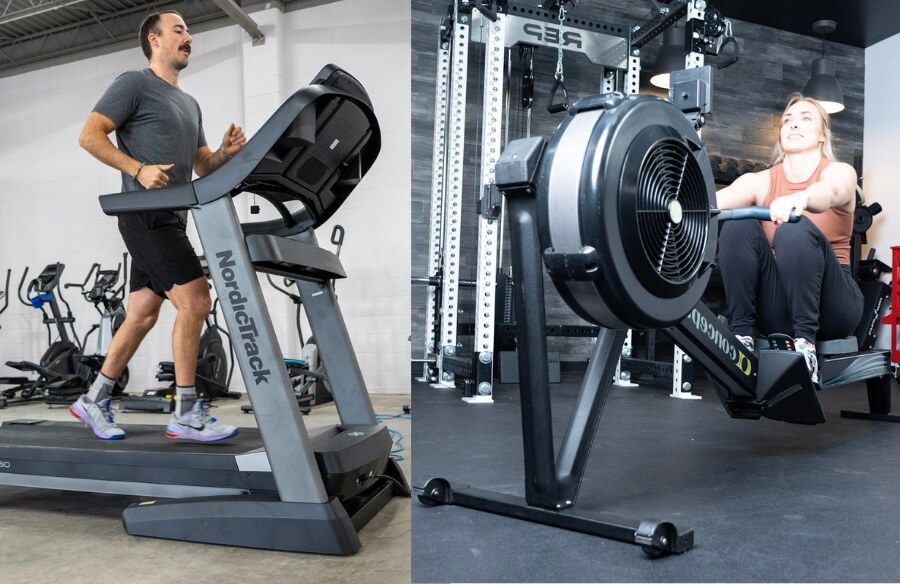
Cardio: 30-45 minutes of steady-state walking, jogging, biking, rowing etc.
Day 5: Full-Body Strength
This day features a mix of upper and lower body strength. Feel free to note any exercises that you modified or want to improve next week.
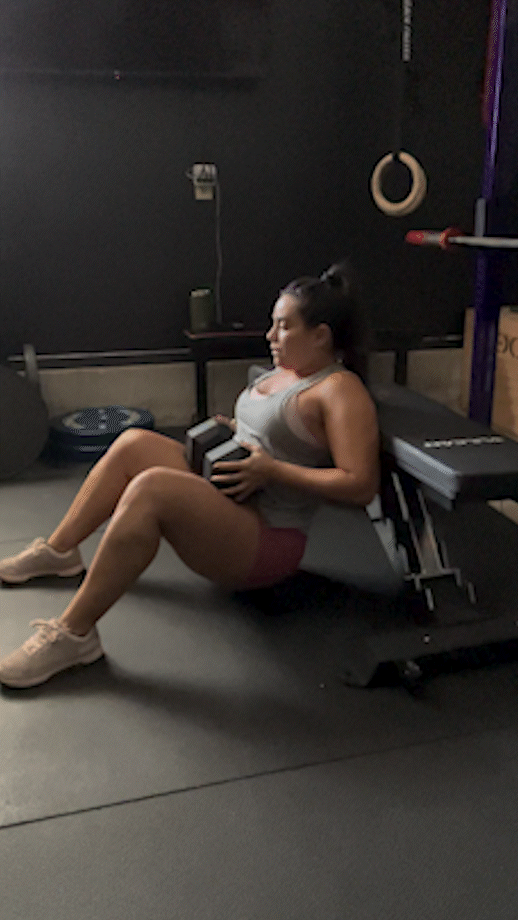
Dumbbell hip thrust: 3 sets of 15 reps
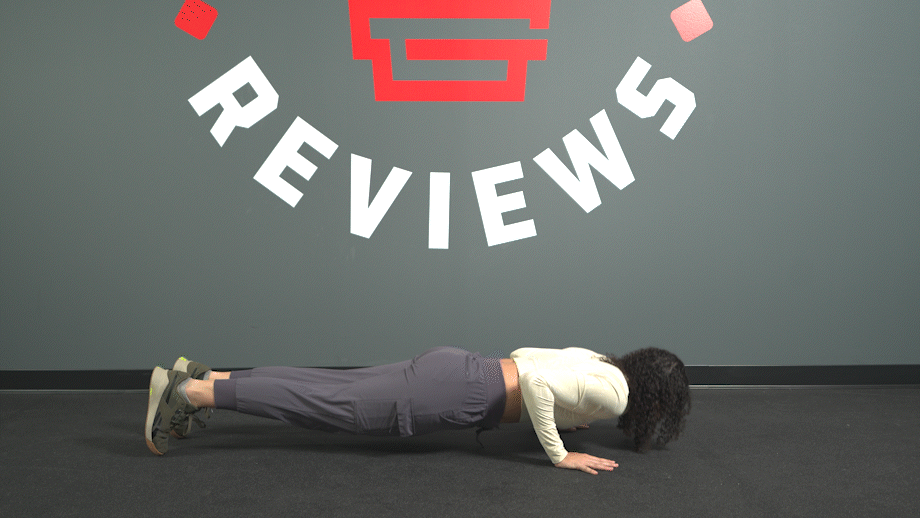
Push-up: 3 sets of 8 reps
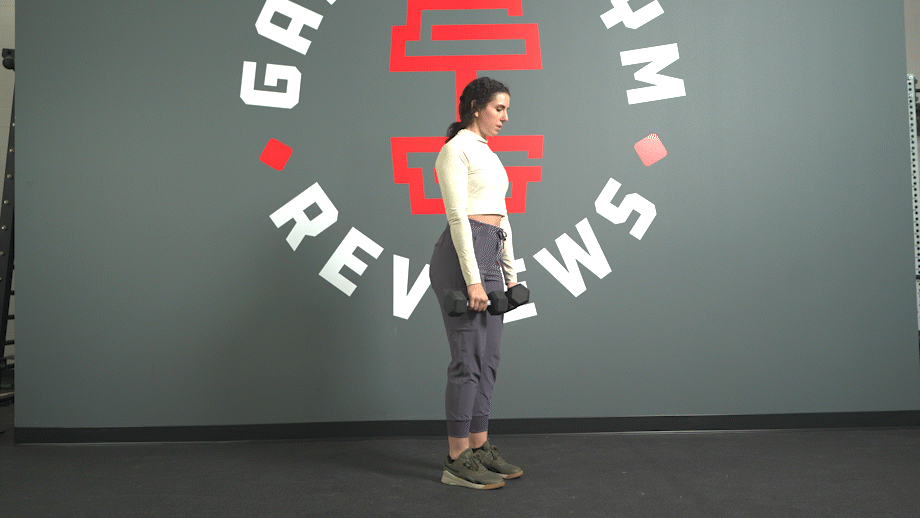
Dumbbell Romanian deadlift: 3 sets of 10 reps
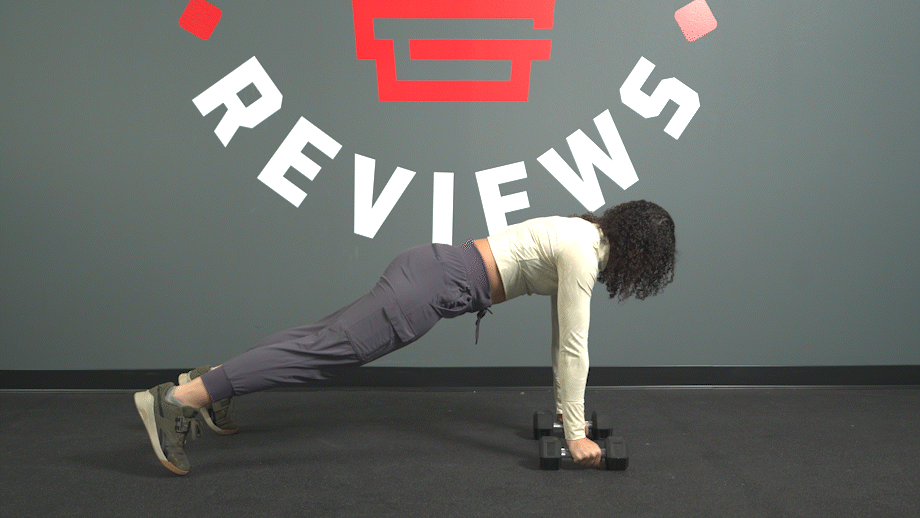
Dumbbell plank row: 3 set of 5 each side

Dumbbell Romanian deadlift: 3 sets of 10 reps
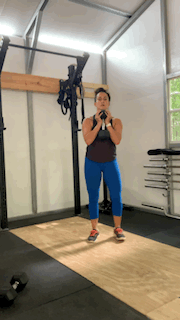
Dumbbell lateral lunge: 3 sets of 8 reps each side
Day 6: HIIT Workout
Choose one of the exercises below to perform an EMOM (every minute on the minute) workout. You’ll aim to perform the prescribed reps and rest for the remainder of the minute. At the top of each minute, you’ll repeat the same exercise and prescribed reps.

Burpees: 10 reps
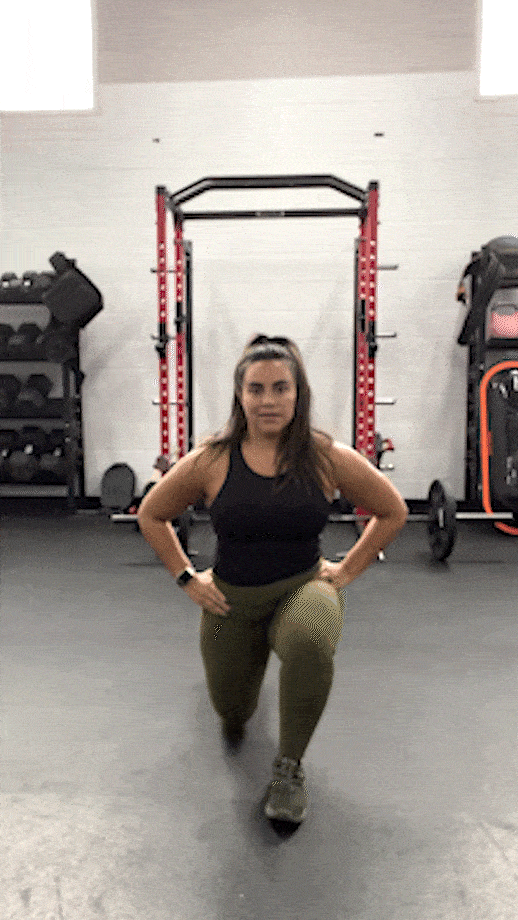
Jumping lunges: 10-20 reps
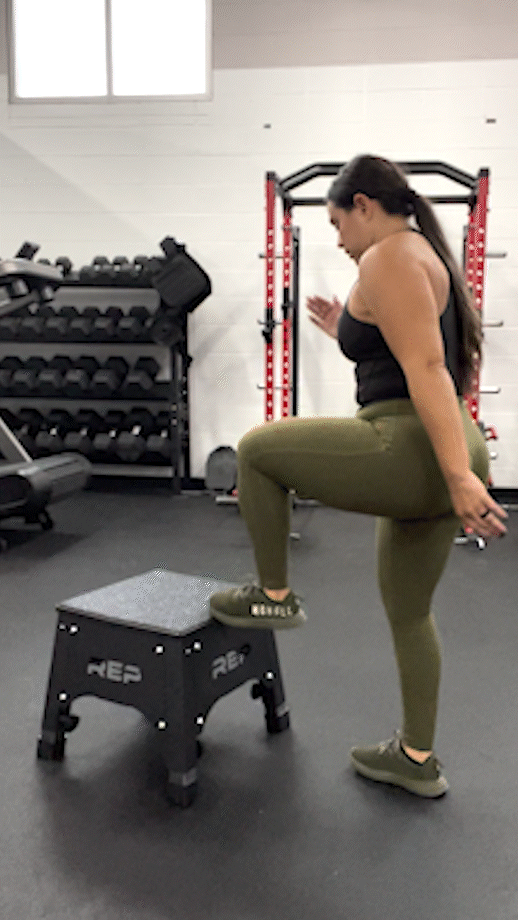
Toe taps: 20-50 reps

Squat jumps: 10-20 reps
Day 7: Mobility
Although you don’t have to do everything on this list, it’s good to choose at least three things to focus on. Try about 60 seconds on each drill to get started on the first week.
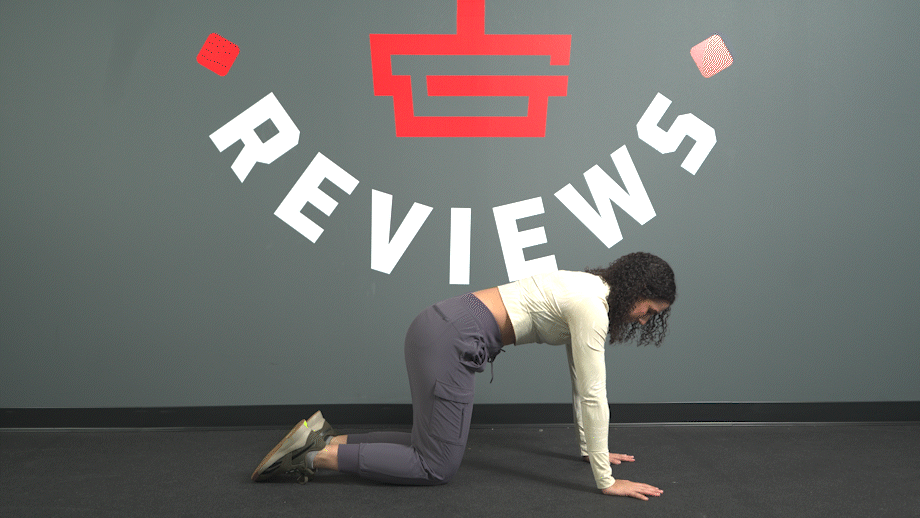
Cat and cow
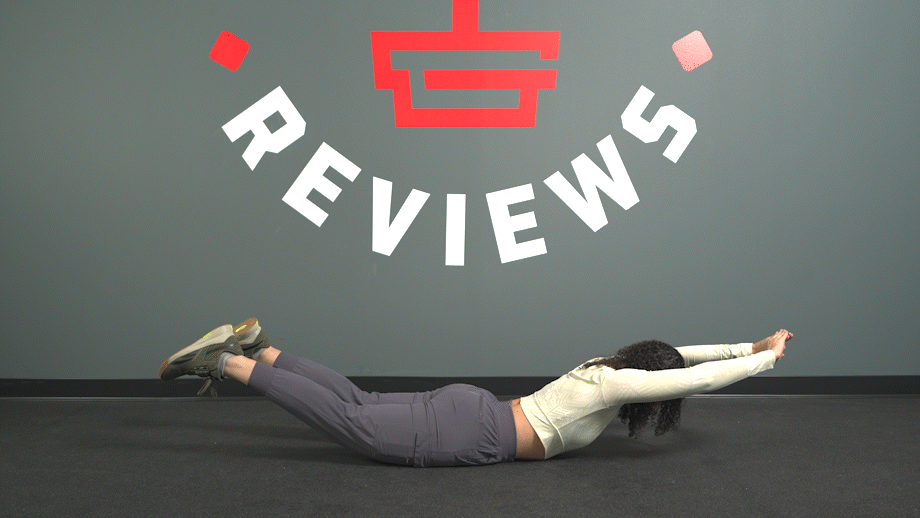
Superman shoulder stretch
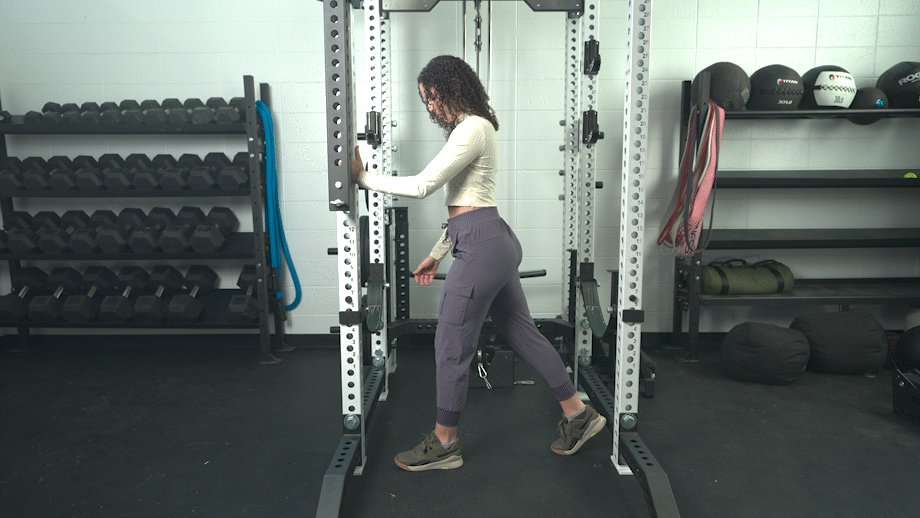
Ankle mobility drill
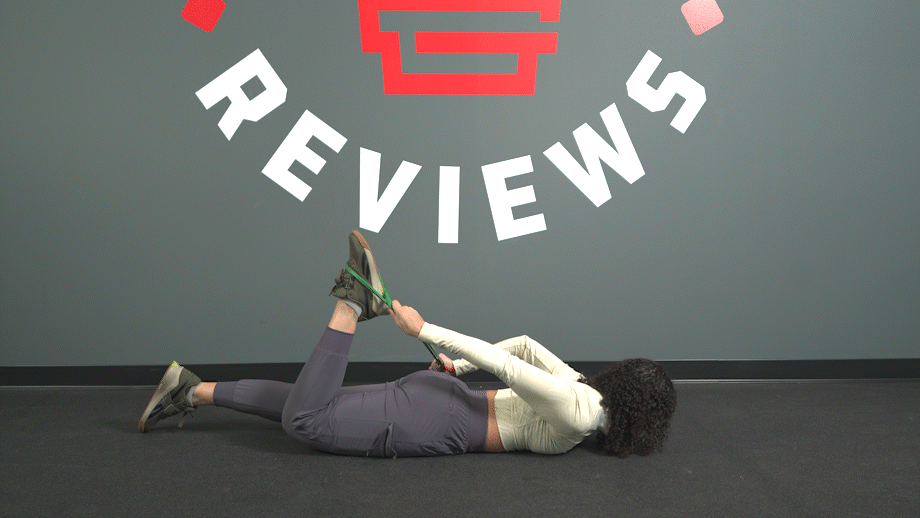
Banded quad stretch
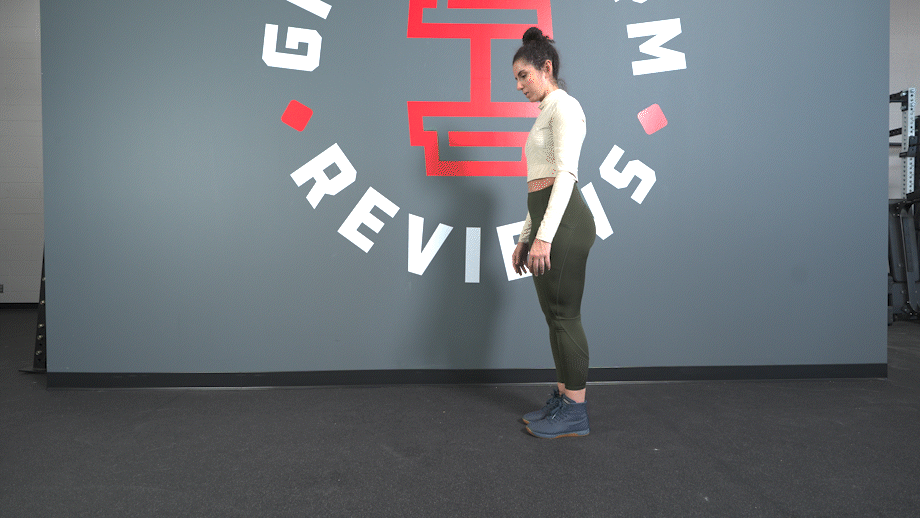
Forward fold hamstring stretch
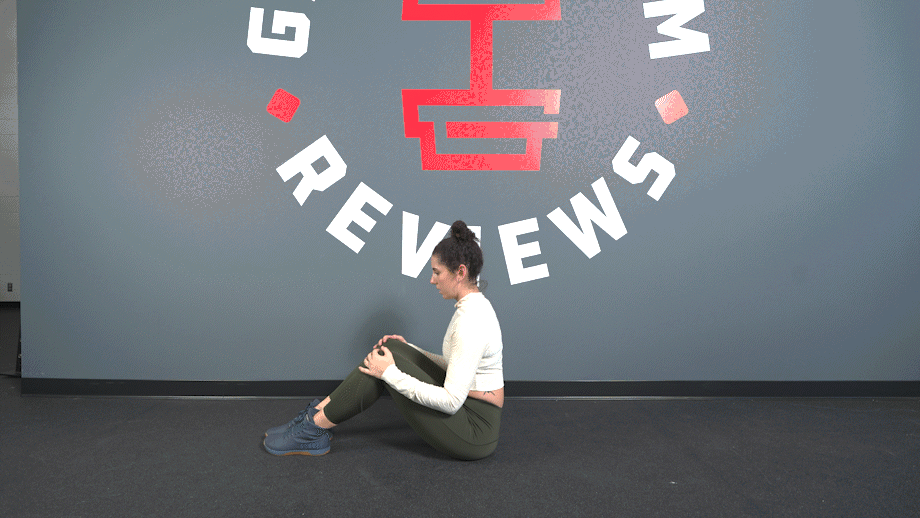
Figure four hip stretch
What Will I Accomplish in 28 Days?
Here’s the thing: I can’t guarantee you’re going to look leaner and more muscular after 28 days. I know we’re all after quick fixes and eight-minute abs, but that’s not really how our bodies change.
I can, however, assure you that you will feel positive changes every time you workout. After just one workout, you are sure to feel muscle fatigue and perhaps even a boost of endorphins4, which is great, but we’ll need to do a lot more than one workout for muscle gains.
After just a few workouts, your body undergoes neurological changes5 that make it easier to perform the same exercise next week, even with the same load (or heavier). These neurological changes happen because your brain sends messages through your nerves and muscle fibers to engage a particular muscle or group of muscles.
After a duration of regular exercise—weeks, months, or even years—the body undergoes chronic adaptations, which are the kind of lasting changes we’re all seeking. Not only do our muscles have the chance to get stronger and grow larger, the tendons and ligaments that help connect our muscles to our bones also develop and get stronger as well.
Additionally, regular strength training can stimulate new bone cell formation5 (aka bone density). The tissue inside our bones is not only dynamic, but we can stimulate new bone cell formation when we engage in exercise that puts strain or impact on our bones. I know strain sounds rather intense, but all I mean by that is exercise that adds load (like resistance training) or exercise that requires impact to the skeletal system (like HIIT training, running, and even walking).
FAQs About a 28-Day Workout Challenge
What’s the best beginner workout?
Determining the best beginner workout for you is highly dependent on your individual needs and fitness goals. The best plan will help you progress over a period of time and allow enough recovery so you’re ready for the next workout.
If you haven’t trained with weights, you’ll most likely need to start. Most people who haven’t trained with weights will have to practice bodyweight movements before moving onto loaded exercises. This might include a mix of squats, lunges, glute bridges, push ups,and inverted rows.
Can you tone up your body in 28 days?
When you stick to a strength and conditioning routine for 28 days, you’ll likely feel stronger and have better recovery going into each workout. Feeling in shape or “toned” is subjective to your own performance.
Is the 28-day challenge free?
Yes, our 28-day workout challenge is completely free and you can download the schedule and fillable chart to track your progress.
How can I reduce my stomach fat?
Although you cannot spot-treat where you lose fat, overall fat burning is achievable with the combination of strength training, cardiovascular exercise, and a healthy meal plan.
Can I change my body shape in 4 weeks?
Adding strength training to your workout plan can help change body composition by building muscle and increasing cardiorespiratory performance, making it easier to do your cardio workouts.
References
- Plotkin D, Coleman M, Van Every D, et al. Progressive overload without progressing load? The effects of load or repetition progression on muscular adaptations. PeerJ. 2023;10:e14142. Published 2023 Sep 30. doi:10.7717/peerj.14142
- Centers for Disease Control and Prevention. How much physical activity do adults need? 2023, June 2.
- Van der Weiden A, Benjamins J, Gillebaart M, Ybema JF, de Ridder D. How to Form Good Habits? A Longitudinal Field Study on the Role of Self-Control in Habit Formation. Front Psychol. 2020;11:560. Published 2020 Mar 27. doi:10.3389/fpsyg.2020.00560
- Harber VJ, Sutton JR. Endorphins and exercise. Sports Med. 1984;1(2):154-171. doi:10.2165/00007256-198401020-00004
- Haff GG, Triplett TN. Essentials of Strength and Conditioning. Human Kinetics. 2016.
Further reading

Check out our Stamina rowing machine reviews to see which affordable rower we like best! Read more

Is this popular protein powder worth the hype? Find out with our Myprotein The Whey Review. Read more

Our KOS Kiss Your Blues Away review analyzes the nutrient facts of this popular superfood supplement. Is it any good? Find out here. Read more

Which treadmill will come out on top in this showdown between the Sole F63 vs Horizon 7.0 AT? Read more

